
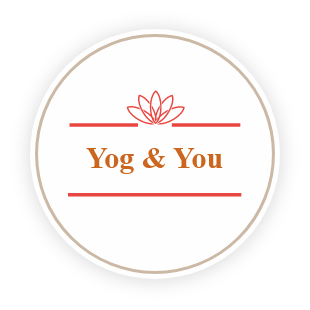
Prana is the vital energy that sustains both our physical and subtle layers. Prana is the life force that nourishes our minds and keeps the body alive. Prana refers to the universal life force, and Ayama means to regulate or lengthen. Pranayama means working in the dimension of prana. In earlier times, the practice of Pranayama was not easily accessible to all. Today, Yogrishi Pujya Ramdevji Maharaj has made it easily accessible - making it possible for everyone to integrate Pranayama into their daily routines.

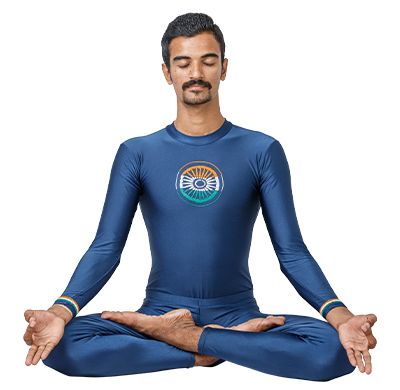



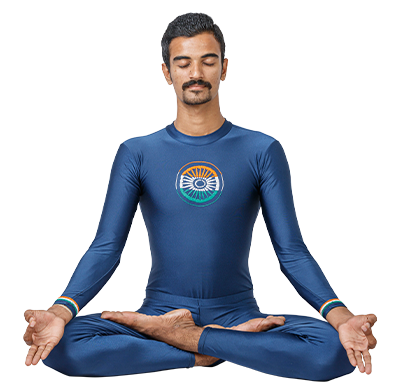

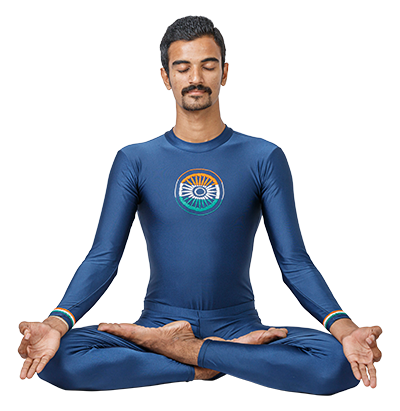



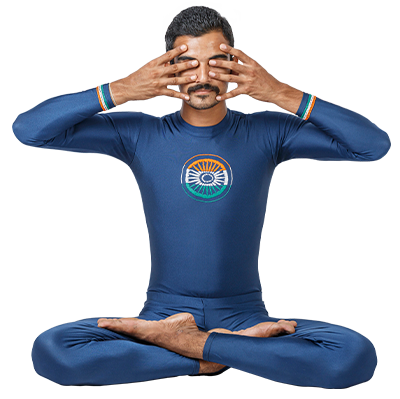
Type : 1
Type : 2

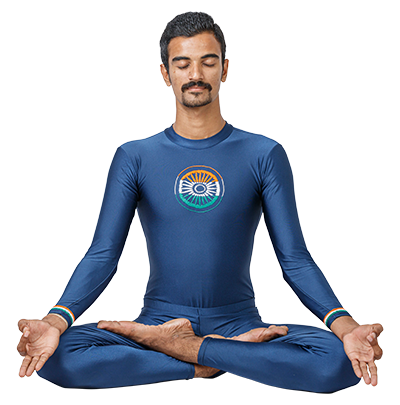



Gujarat State Yog Board,
Fourth Floor, Block No. 3,
Karmayogi Bhavan, Gandhinagar
079 - 23258342/43